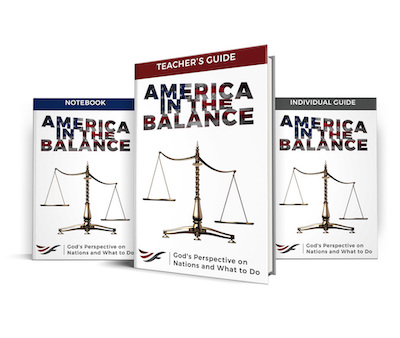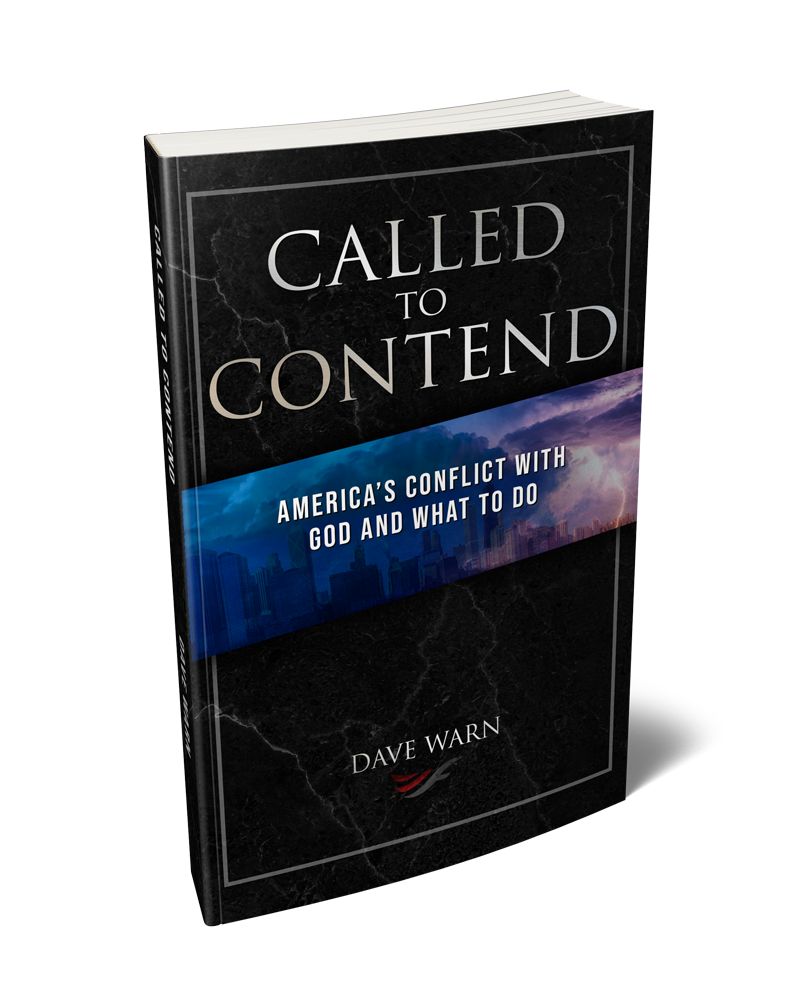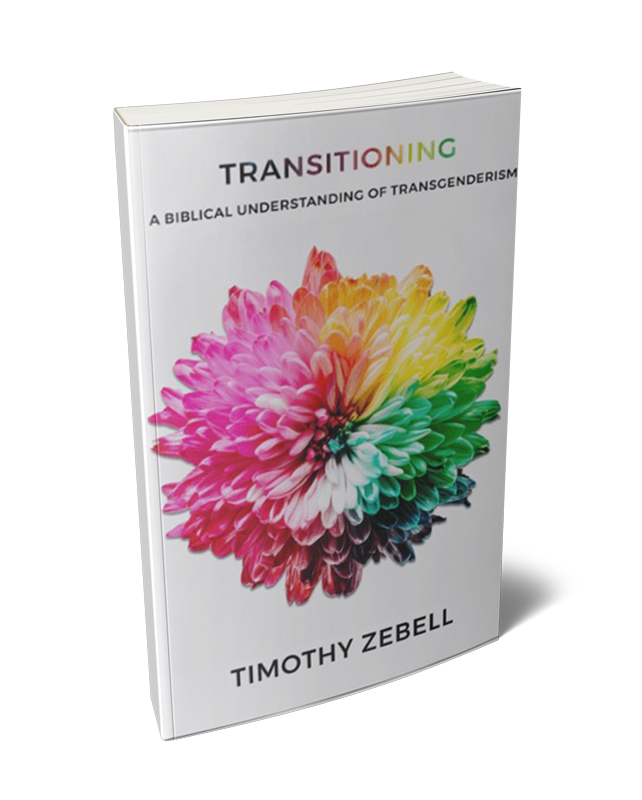The complex and varied history of Halloween, along with its accompanying characters and traditions, make it difficult to know what to do with the holiday. Simply dismissing Halloween as a pagan practice involving Druids, ghosts, and goblins fails to recognize its communal essence. Throughout history Halloween has served an important role for individuals and the community alike as they prepare for difficult times, confront their fears, and accept the reality of death and evil. If given proper context, might it then also serve as a vehicle for providing God’s answers to the problems of death and evil?
Far from serving as “Satan’s day,” Halloween belongs to God. Psalm 118:24 declares, “This is the day the LORD has made. We will rejoice and be glad in it” (NLT). It is foolish to believe God has willingly ceded an entire day to His enemy, expecting His people to helplessly watch from their protective bunkers as evil is permitted to run rampant one night each year. There is no aspect of culture or society where the gospel cannot be applied. This includes Halloween. Therefore, faithful Christians are certainly permitted to use Halloween as an opportunity to share God’s truth with the world.
Biblical exhortations against learning the way of the heathen and their religious customs do not preclude Christians from applying the gospel to the traditions of their culture (Jer. 10:2, KJV). There is a marked difference between embracing a tradition and confronting that same tradition. Similarly, the Apostle Paul’s command to have nothing to do with the fruitless deeds of darkness does not prohibit Christians from using cultural traditions to reach the lost. Instead, he proceeds to encourage God’s people to take advantage of every opportunity to glorify God:
Take no part in the worthless deeds of evil and darkness; instead, expose them. It is shameful even to talk about the things that ungodly people do in secret. But their evil intentions will be exposed when the light shines on them, for the light makes everything visible. This is why it is said,
‘Awake, O sleeper,
rise up from the dead,
and Christ will give you light.’
So be careful how you live. Don’t live like fools, but like those who are wise. Make the most of every opportunity in these evil days. Don’t act thoughtlessly, but understand what the Lord wants you to do (Eph. 5:11–17, NLT).
In our modern culture Halloween certainly provides Christians with opportunities to share God with the world. It is not often that we can freely share our anxiety about death and evil with other people—especially strangers and those we don’t know well—without it being awkward or taboo. Likewise, it is not often that we can discuss the supernatural realm without sounding irrational.
What better time is there for conversations about the afterlife than a day dominated by ghosts and monsters? Indeed, the horror of vampires, werewolves, zombies, witches, and ghosts provide prime opportunities to share spiritual truths with a secular society. Far from fearing these monsters, Christians can embrace them as meaningful archetypes that illustrate Christian themes.
Indeed, there is a long Christian tradition of using monsters who personify evil to communicate spiritual ideas. Throughout the Bible, God Himself capitalizes upon the pagan imagination to illustrate truth. The primordial chaos monster Leviathan, the vampiric Lilith, the demonic satyr, and hellish scorpion men are some of the familiar villains in ancient mythology employed by God as metaphors. These ranked among the greatest horrors in the ancient imagination. Why then would we assume contemporary horror monsters are somehow too evil to be redeemed by using them as metaphors to communicate Christian truths?
Sometimes horror can help people confront their evil. Of course, we must broaden our understanding of horror beyond the gratuitous and immoral exaltation of sex, violence, and death for the sake of evoking fear, which seems to define the category today. As a genre, horror plays upon our innate fears and aversions to communicate fundamental truths about human nature, good versus evil, and even the spiritual realm. Perhaps, then, it should not be surprising to discover that God frequently employs elements of the horror genre in Scripture. Screenwriter and author Brian Godawa explains:
God uses horrific explicit images in order to put up a mirror to cultures of social injustice and spiritual defilement. God used gang rape of a harlot and dismemberment of her body as a metaphor of Israel’s spiritual apostasy (Ezek. 16, 23), and the resurrection of skeletal remains as a symbol for the restoration of his people within the covenant (Ezek. 37). Our holy, loving, kind, and good God also used the following horror images to visually depict cultural decay and social injustice: skinning bodies and cannibalism (Mic. 3:1–3); Frankenstein replacement of necrotic body parts (Ezek. 11:19); cannibalism (Ezek. 36:13–14; Ps. 27:2; Prov. 30:14; Jer. 19:9; Zech. 11:9); vampirism (2 Sam. 23:17; Rev. 16:6); cannibals and vampires together (Ezek. 39:18–19); rotting flesh (Lam. 3:4; 4:8; Ps. 31:9–10; 38:2–8; Ezek. 24:3, 33:10; Zech. 14:12); buckets of blood across the land (Ezek. 9:9, 22:2–4); man-eating beasts devouring people and flesh (Ezek. 19:1-8; 22:25, 27; 29:3; Dan. 7:5; Jer. 50:17); crushing and trampling bodies and grinding faces (Amos 4:1; 8:4; Isa. 3:15); and bloody murdering hands (Isa. 1:15, 59:3; Mic. 7:2–3). Horror is a strongly biblical medium for God’s social commentary.[1]
Gothic horror, from which was birthed our modern depictions of monsters, is rooted in mankind’s fear and comprehension of its own dark inclinations. Indeed, vampires portray the thirst and restlessness of our repressed dark side. They challenge us to confront our natural predisposition for evil and our pursuit of personal gratification over all else. Zombies epitomize the animalistic nature that remains when the societal restraints of sin disintegrate. They reveal our willingness to prioritize survival over sacrifice, thus exposing the futility of life apart from the relationships that ground our humanity. And Frankenstein’s monster is the consequence of stripping away the sacred nature of mankind, reducing ourselves to mere biology. Moreover, Frankenstein highlights our lust for power and control, believing that through science we can become our own gods—our own authors of life and death.
The horror of these monsters illustrates how repulsive our own innate desires and tendencies truly are. Examined from the proper perspective, monsters teach us much about our sinful natures, about evil, and about God’s solution to these problems. In other words, as the iconic heroes of Halloween, monsters provide God’s people with natural opportunities within our culture to have meaningful spiritual conversations. However, this requires intentionality on our part. This Halloween, rather than hide from Halloween’s monsters, let us seize the opportunity to expose them as metaphors for God’s truth about our destructive sinful nature and our need for a savior.
The above article is an excerpt from Timothy Zebell’s book Unmasking Halloween: The Truth behind America’s Trickiest Holiday and How to Navigate It.
Click here to download your FREE copy of Unmasking Halloween.
Free Downloads
Share...
1. Brian Godawa, “An Apologetic of Horror,” Christian Research Institute, 32, no. 5 (2009), https://www.equip.org/article/an-apologetic-of-horror.
Unless otherwise noted, all Scripture quotations are taken from The Holy Bible, English Standard Version, copyright ©2001 by Crossway Bibles, a publishing ministry of Good News Publishers. Used by permission. All rights reserved.









